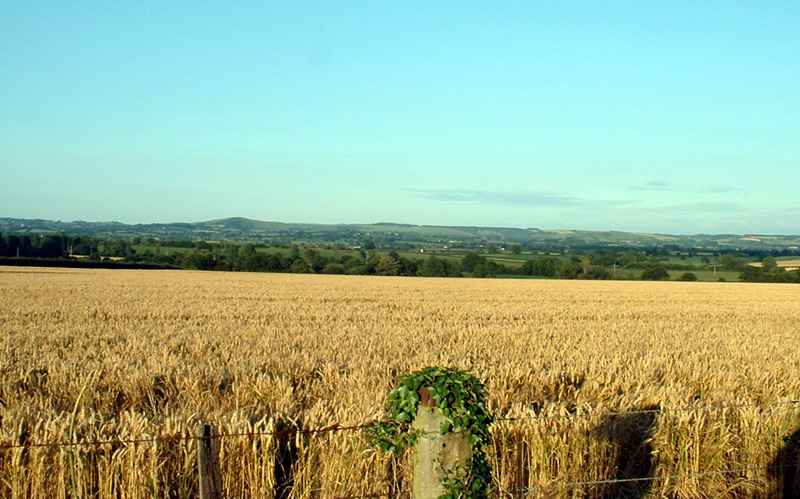Welcome, dear students, to the Whole Grains 101 class! You've heard the terms, you've seen the marketing, you've heard the media rant about WHOLE GRAINS and their benefits... but what does it mean, and why should you care?
Fun Facts to get started:
- Wheat and grains were once considered the “Staff of Life”
- They are still considered sacred in some parts of China
- It is estimated that roughly 33% of the world’s population depends on wheat for food.
And now, on to the definitions and benefits!
The bottom line: a whole grain product is one that is made with all the edible parts of a kernel of grain - the whole sha-bang! The more processed the grain is, the more nutritional value lost, the more dead the food becomes.
Here's a picture that shows the various parts of the grain:
(Yes, that’s a wheat grain, but the concepts of whole grain will carry through the other varieties as well.)
The three edible parts of the grain are the Bran, the Germ, and the Endosperm.
Bran: The outer layer
Germ: The baby seed
Endosperm: Also the “kernel”

So when you buy white grains – white pasta, white bread/buns/tortillas, white rice… it has had the bran removed, and probably the germ as well. What then, class, does that leave us?
The Endosperm! That low-nutrient left over part, where over half of the vitamin B1, B2, B3, E, folic acid, calcium, phosphorus, zinc, copper, iron, and fiber are lost. That is why the government began requiring grain companies to “enrich” their products in 1941 – they are adding back synthetic versions of the natural health that used to be there, but often in smaller amounts that what was in the original germ and bran. Is this as natural and bioavailable? The jury is still out…
The Whole Grains Counsel lists some of the commonly used whole grains. If you're bored with wheat and rice, or are gluten-sensitive, you may see some fun alternatives to try!
Amaranth, Barley, Buckwheat, Corn, Millet, Oats, Quinoa (prounounced KEEN-wah), Rice, Rye, Sorghum/Milo, Teff, Triticale, Wheat (spelt, emmer, farro, einkorn, Kamut, durum, bulgur, cracked wheat, wheatberries), and Wild Rice.

So that sums up the basics of Whole Grains 101!
Whole Grains 102 will cover how to tell if you’re getting a real whole grain. “Wheat bread” just may not be all that you think it is! And in 103, I’ll finally get back to that topic of oats – different types, and why I think oat groats and steel cut oats are worth looking into! And if you’re looking for an advanced class, I’ll be bringing you Whole Grains 201: Sprouting!
Any questions?
“Hallelujah, Amen, Class Dismissed!”
~Katie

No comments:
Post a Comment